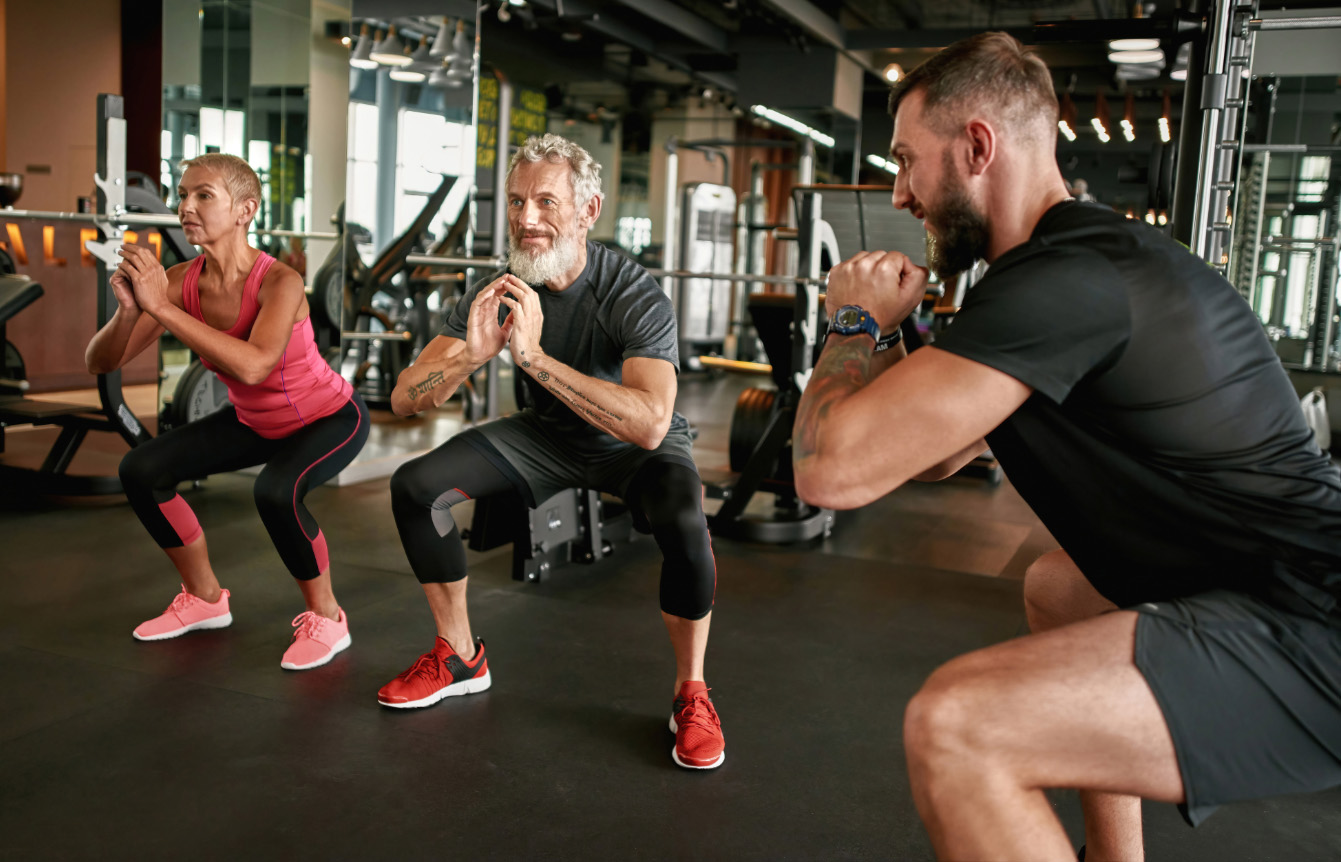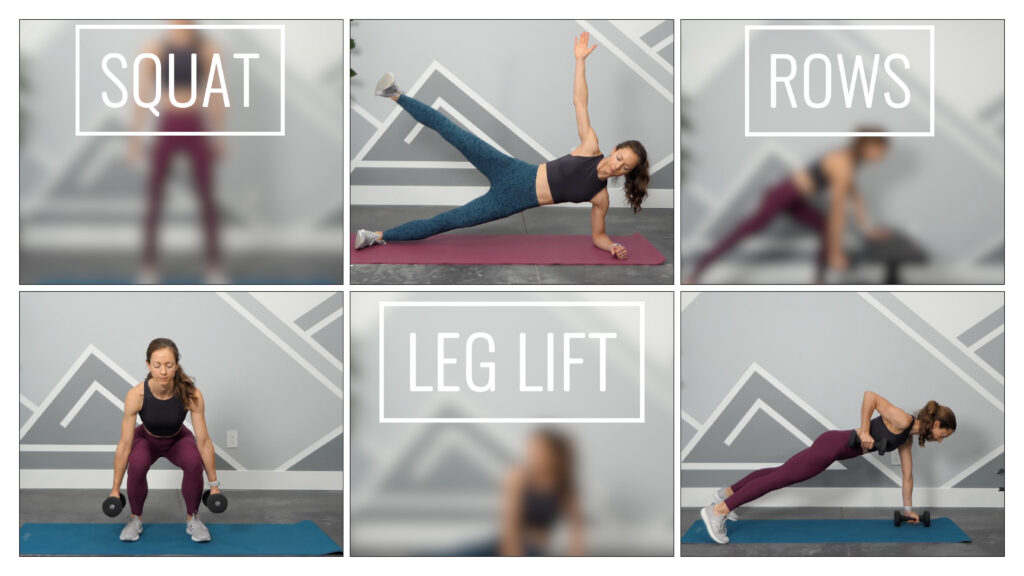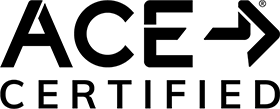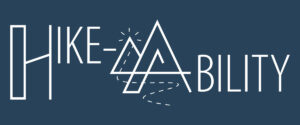Your cart is currently empty!

How to build & maintain muscle at any age
—
by
Why is muscle important?
Maintaining muscle as we age has less to do with the “beach-bodies” we desired in our 20s and more about the implications it has on our health, function, abilities, and independence as we get older.
Muscles power ALL your activities from daily tasks of living to hiking your favorite trails. Less muscle means greater weakness and less mobility, both of which may increase your risk of falls and injuries— on and off the trail.
Benefits of muscle:
- Better balance & stability (learn more here)
- Makes everyday tasks of living easier
- More support & cushion for joints (learn more here)
- Improved posture (learn more here)
- Better body composition
- Greater confidence & sense of well-being
If you want to learn even more about the benefits of muscle, read my blog article “Hiking Fitness: Importance of Strength Training”.
Muscle mass decreases approximately 3–8% per decade after the age of 30, and the rate of decline is even higher after the age of 60[1].
Age-related loss of muscle mass, strength, and function is known as sarcopenia. Sarcopenia is an involuntary process of aging, and the cause is likely multifactorial.
But wait! There’s good news… sarcopenia can be prevented or reversed! The right exercise training and proper nutrition can have a significant impact on muscle mass, strength, and function as you age.
How to build & maintain muscle at any age
1) Training
The best way to slow and even reverse age-related muscle mass is through progressive, resistance/strength training[1].

Strength Training– A form of physical exercise where the muscles are being worked against an opposing weight, force, or resistance.
Resistance– Relating to exercise, it can be anything that creates force against your muscles during contraction. This can be in the form of resistance bands, weight (dumbbells, barbells, kettlebells, weighted backpack, etc), weight machines, or just your own bodyweight.
Progressive– Gradual increase of workout volume/intensity (weight, reps, sets) as your strength and endurance improves. The goal is to continually stress your muscles just enough to encourage favorable change and adaptations, but not overdo it, where you risk injury (learn more here).
Most adults should do resistance/strength training exercises at least two days a week, according to the American Council on Exercise and most health authorities.
Tips for training:
- Be consistent
- Have a detailed plan
- Schedule your workouts
- Log your exercises (type/form, weight, reps, sets)
- Master proper form/technique before adding additional resistance
- Train with a goal of continuous improvement (“progressive overload”)
- Allow for rest and recovery
- Stick to a plan for 4-8 weeks before mixing things up

2) Diet/Nutrition
Your diet also plays a huge role in building and maintaining muscle mass. Protein is the key building block for muscle and all the tissues in your body.
Research suggests that ability to break down and synthesize protein can decrease with age. Therefore, daily protein intake requirements may be higher for older adults. Read this article to learn how your diet can support your fitness goals.
Is there a difference between strength training, resistance training, and weight lifting?
Within the sports medicine community and the fitness industry, it could be argued that since there are often specific goals for each type of training, they are in fact different. However, for the sake of general health and fitness and addressing sarcopenia, there’s really no need to get hung up on the strict definition of each.
What kind of strength training exercises should I do specifically for hiking?

A total-body resistance training plan including exercises that build muscular strength (power & stability) and muscular endurance (resistance to fatigue), are essential to hiking fitness. While it makes obvious sense to train the leg muscles, don’t overlook the importance of upper-body and core strength as well.
If you’re looking for a training plan that’s specific to the needs of hikers then you’ll want to check out HIKE-ABILITY. The program incorporates cardio, strength, stability, and mobility training, along with weekly, educational lessons.
Whether you’re just welcoming your 30s or entering your golden years, it’s not too late to build and maintain muscle. I hope you’ll try out this anti-aging and age-reversing “secret” for maintaining your health, function, abilities, and independence as you age.
Kristen, CPT and creator of the HIKE-ABILITY Training Program

Disclaimer: All information, content, and material (including associated text, videos, and links) on this website is provided in good faith and is for informational and educational purposes only. It is not intended to serve as a substitute for the consultation, diagnosis, and/or medical treatment of a qualified physician or healthcare provider. All exercise has inherent risks. Before beginning any type of exercise, please consult your health care provider.
resources:
- Elena Volpi, Reza Nazemi, and Satoshi Fujita. National Library of Medicine. Muscle change with aging. Accessed January 2024 <https://www.ncbi.nlm.nih.gov/pmc/articles/PMC2804956/>




Leave a Reply